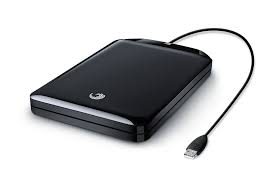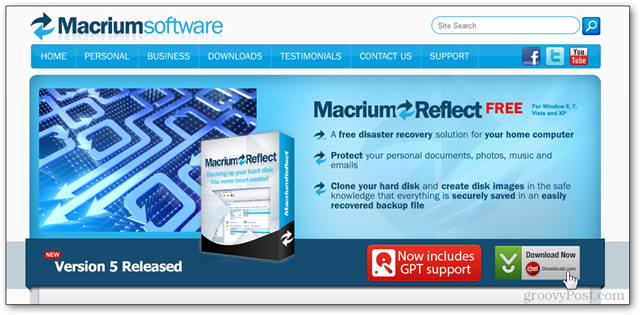What is ‘backing up’?
Backing up is simply the process of making a copy of your data so that if something goes wrong with the master copy, you have a duplicate that can replace it.
What should I back up?
The most important things is to backup your irreplaceable data. By that I mean things that cannot be bought. Not music or computer programs, you can replace those by throwing money at the problem, but photographs, documents you have written, accounts, customer records, address books and databases – ‘stuff’ that you cannot buy at any price.
You need to identify the data that needs to be backed up. Not so easy if you don’t really know where it is on your computer. Most people do not know where their files are stored. If you do not believe me…. where precisely is the last photo you saved or document you created and stored. Maybe c:\users\yourname\mydocuments\letter.doc
What do I back up onto?
Depending on how much data there is (often surprisingly little) you can backup onto CD’s (640MB), DVD’s (4.2GB), memory stick (64GB?), external hard drives (1TB+) or perhaps ‘in the cloud’ if you have a fast broadband connection. It is possible for your data to exist solely ‘in the cloud’ but I would not trust it. I want my data in my hand where I can see it and know that it is safe. Recovering data from the cloud can be very slow. Backing up to tape is rather outdated. My preferred method is to use more than one usb connected hard drive, at least two in rotation, one may fail.
Do I need special software?
Yes, No, Maybe….
The simple process of ‘copy and paste’ is perfectly adequate in many cases. Connect your backup media. Copy your files and paste them onto, for example, an external hard drive. Nothing special required and to restore a backup just copy and paste them back again.
You can automate that backup process using software, for example ‘Backup4All’. I have implemented that strategy for several clients. The backup is automatic and often scheduled at night or when the office is closed. An email confirming the success (or otherwise) of the backup may be sent to me as ‘IT Support’ and also to the client. The backup can, optionally, be encrypted so that it is secure and unreadable without a password as an extra level of security when taken off site. There are many other software solutions, some free, some paid for.
Operating System Backup:
Backing up the computer operating system (think of it as ‘drive c:’) can save an awful lot of ‘down time’ in the event of a virus attack, hard drive failure or just something inexplicable causing the computer not to start. Perhaps the dreaded ‘bsod’ – blue screen of death.
To backup and restore the operating system is rather more complicated than just copying files. It requires the use of special software which will ‘ghost’ the operating system while the operating system is actually running and files are open and in use. Large numbers of files and possible some areas of the hard drive are hidden and protected from easy access by the user.
You will need a recovery disc (cd / dvd or possibly a memory stick) from which to ‘boot’ a computer that cannot start because the hard drive and operating system are faulty. Starting a computer using this recovery disc is an essential first step towards installing the backup and being able to work once more.
Software that I use regularly for this type of operating system backup includes Norton Ghost, Acronis True Image and Macrium Reflect.  Windows has a ‘built in’ method which I do not get on with. I am constantly on the lookout for and trialling new software, a backup is only as good as the restore.
Windows has a ‘built in’ method which I do not get on with. I am constantly on the lookout for and trialling new software, a backup is only as good as the restore.
Unlikely though it may sound…. It takes me around 10 hours intense work to install an operating system on a pc, apply the latest Windows updates, install all the lost programs, re-create the general appearance and finally add back the lost data. It will then be several days before the user has restored their “personalisations” and tweaks which have probably taken them months or years to ‘get just right’.
With a good up-to-date backup, that time can be reduced to an hour or two and you would never know anything had happened.
On smaller systems, one easy solution is to ‘ghost’ the whole computer onto an external hard drive. Restoration of everything, or just a single file, is reasonably quick and simple.
